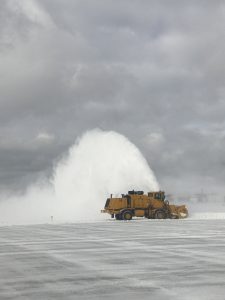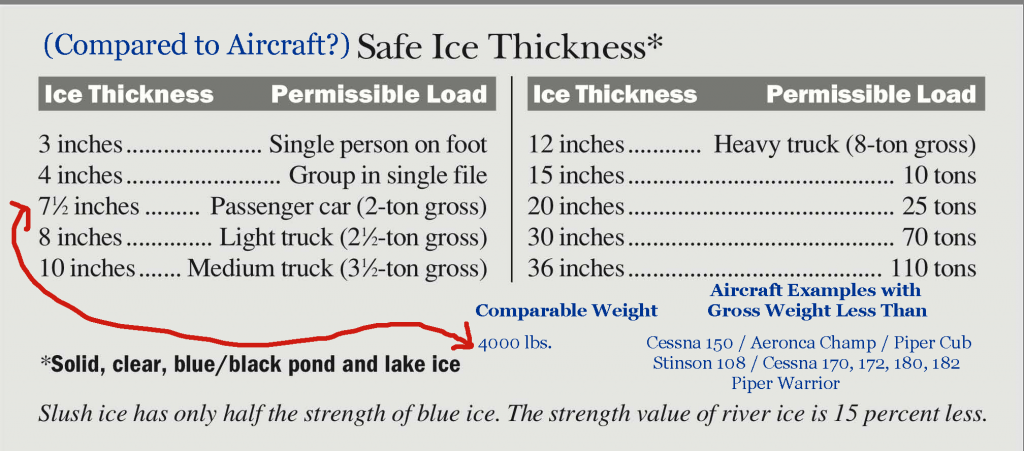As someone who has been acting as a DPE for a significant period of time and still currently provide CFI services to clients, I hear all kinds of assumptions and myths about DPEs.
After recently encountering a few of these myths, I thought I’d try to help explain the job that DPEs do and the services we provide to the aviation training community. There are many myths and misconceptions about why DPEs do some of the things they do, and I think it is important to help dispell them.
While I don’t claim to speak for all DPEs, I wouldn’t be surprised if many examiners would agree with my observations on the following.
Examiners Charge too Much, Need to Charge Less, or Should Provide Practical Tests for Free
Yes, we actually get told that examiners should do this for free, should not charge any more than a flight instructor charges per hour, or that the FAA should have a capped national price level.
Ok, “free” is just a silly recommendation. As an examiner, I can come back and say, “then why don’t flight training providers provide their aircraft for free?” Their answer is that they are in business to make money. The same is true of examiners. We work hard to gain the skill and experience to become examiners, keep our qualifications current, and provide the service. Charging for that service is a business endeavor. If examiners couldn’t expect reasonable compensation, why should they do the job?
I personally wouldn’t bother to go through all of the work and take on the liability that comes with being an examiner for free. Continue reading


 First question, is the ice thick enough?
First question, is the ice thick enough?